Call Center Screen Recording Software
Improve call center performance with Teramind’s screen recording software. Our powerful platform enables real-time monitoring of agent screens, ensuring quality assurance while providing valuable insights to improve agent performance and enhance customer experience.
Trusted by 10,000+ organizations to improve productivity, security, compliance, and workforce efficiency.


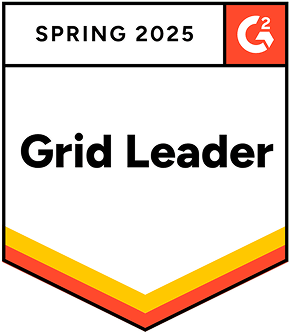
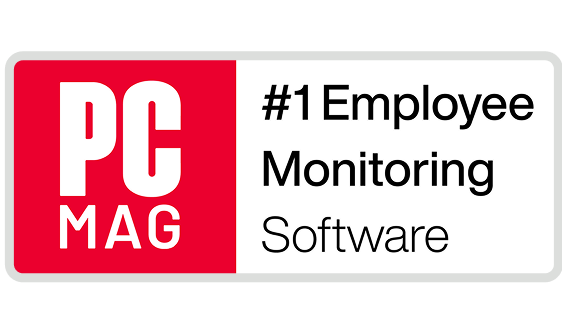



How Teramind Makes Call Center
Screen Recording Easy
Seamless Implementation
Deploy our call center screen monitoring solution across your entire contact center with minimal disruption, allowing contact center managers to start monitoring agent interactions immediately.
Intuitive Playback
Review recorded customer calls with synchronized audio and video playback, making it simple for team leads to evaluate agent behavior and identify training opportunities.
Comprehensive Analytics
Transform screen monitoring data into actionable insights that help improve customer satisfaction and streamline processes throughout your contact center environment.
Teramind's Call Center Screen Recording Tools
Our specialized monitoring software provides everything call center managers need to optimize agent performance and ensure consistent quality monitoring.
Agent Activity Monitoring
Track all call center agents to ensure adherence to protocols during customer interactions.
- Monitor agent screens during phone calls for complete visibility into performance.
- Measure handle times and identify bottlenecks in customer conversations in real-time.
- Ensure agents follow approved scripts during both inbound and outbound calls.
- Identify process improvements from actual agent customer interactions.

Screenshots & Screen Recording
Capture visual documentation of agent screens for quality assurance and agent training.
- Record on-screen actions for complete transparency across all customer interactions.
- Configure recording rules for both in-office and remote agents for targeted monitoring.
- Automatic screenshots capture activity while obfuscating sensitive information
- Maintain secure recordings with appropriate retention policies for regulatory compliance.
- Access historical agent-customer interactions to resolve customer satisfaction issues quickly.
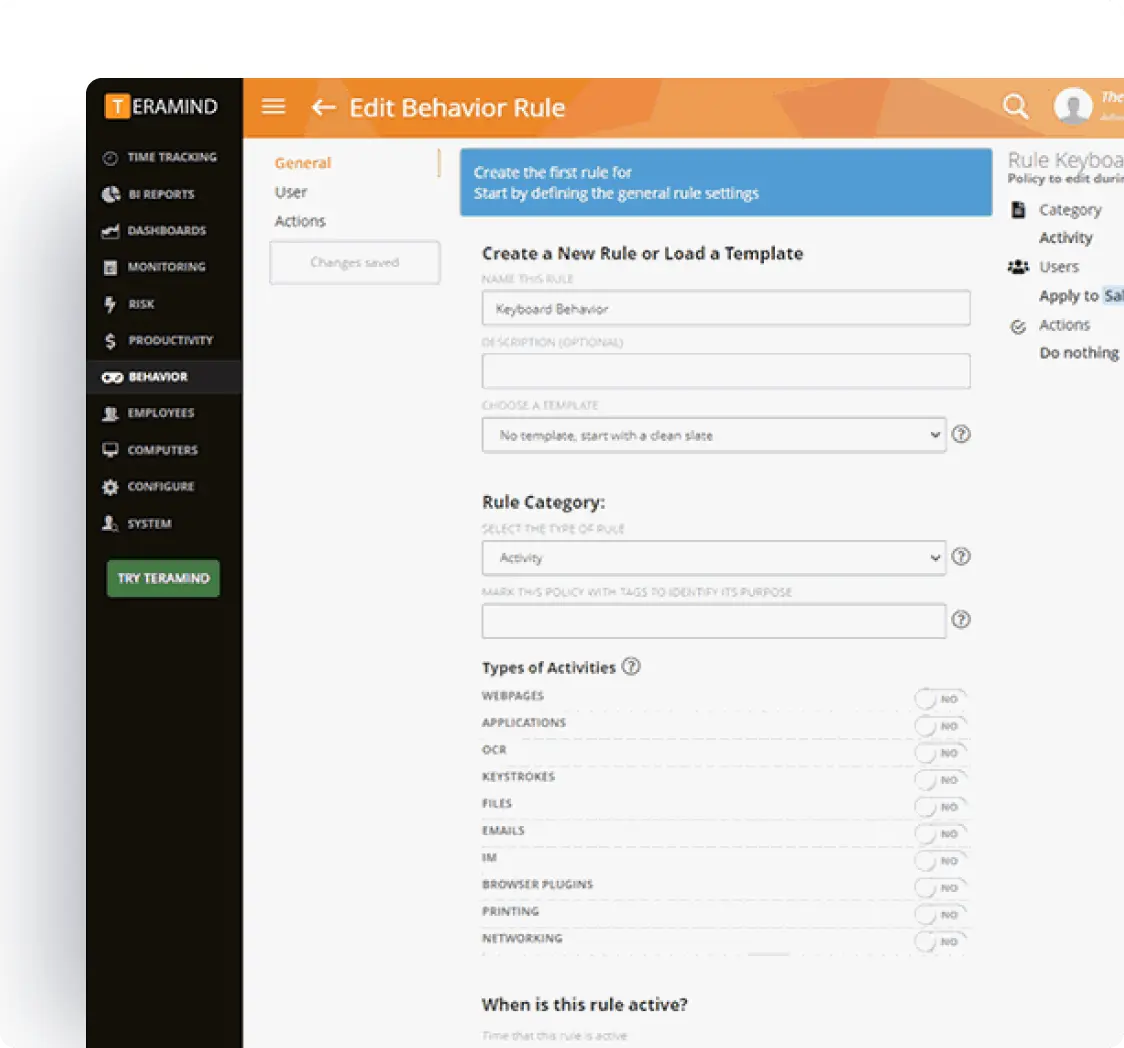
Productivity Analysis
Leverage screen monitoring tools to enhance operational efficiency through improved processes.
- Identify productivity patterns across top performing agents for targeted coaching.
- Analyze how agents navigate customer relationship management systems during calls.
- Discover which digital channels and workflows agents use most effectively.
- Track improvements in contact center quality assurance over time with historical comparison.
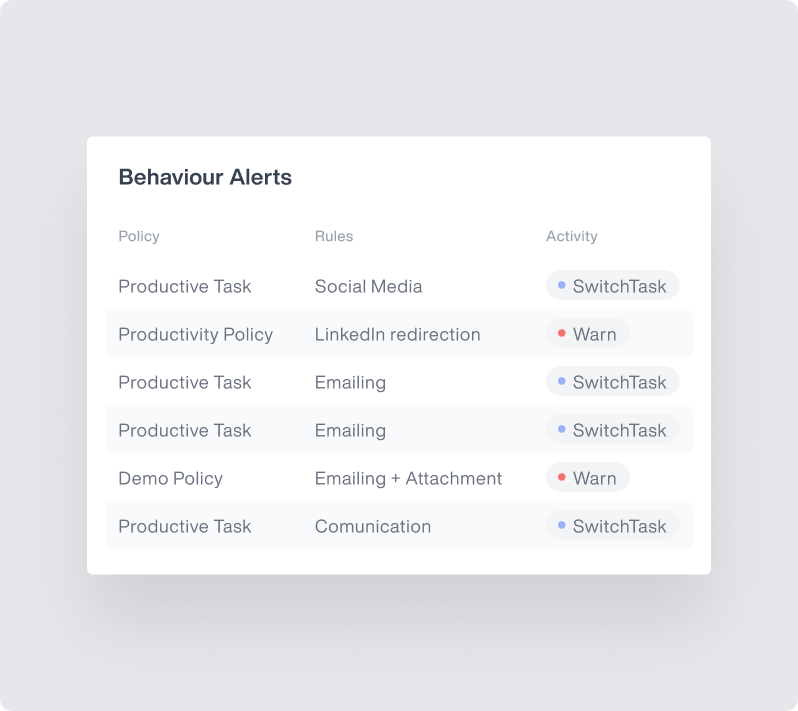
Real-Time Monitoring
Empower center managers with tools to understand agent activity and provide real-time assistance.
- View agent screens during live customer interactions for immediate intervention opportunities.
- Track the key performance indicators most relevant to your call center software ecosystem.
- Provide real-time feedback to agents handling difficult customer conversations.
- Identify when agents deviate from call center quality standards to maintain service levels.

Sensitive Data Protection
Ensure customer data remains protected during every contact center interaction.
- Monitor handling of confidential information to prevent security breaches.
- Identify exposure of credit card details for HIPAA, PCI and other compliance requirements.
- Receive alerts when sensitive data appears on agent screens to address issues promptly.
- Monitor emails ensure sensitive data isn’t leaked
- Generate evidence of proper data handling procedures for government organizations.

Call Center Software Integration
Connect screen recording with your existing contact center software stack with our powerful API.
- See how agents utilize customer relationship management systems for better implementation.
- Monitor interactions with automatic call distribution and interactive voice response systems.
- Identify technical issues that impact agent productivity to resolve system bottlenecks.
- Discover more efficient ways to handle customer calls for continuous process improvement.
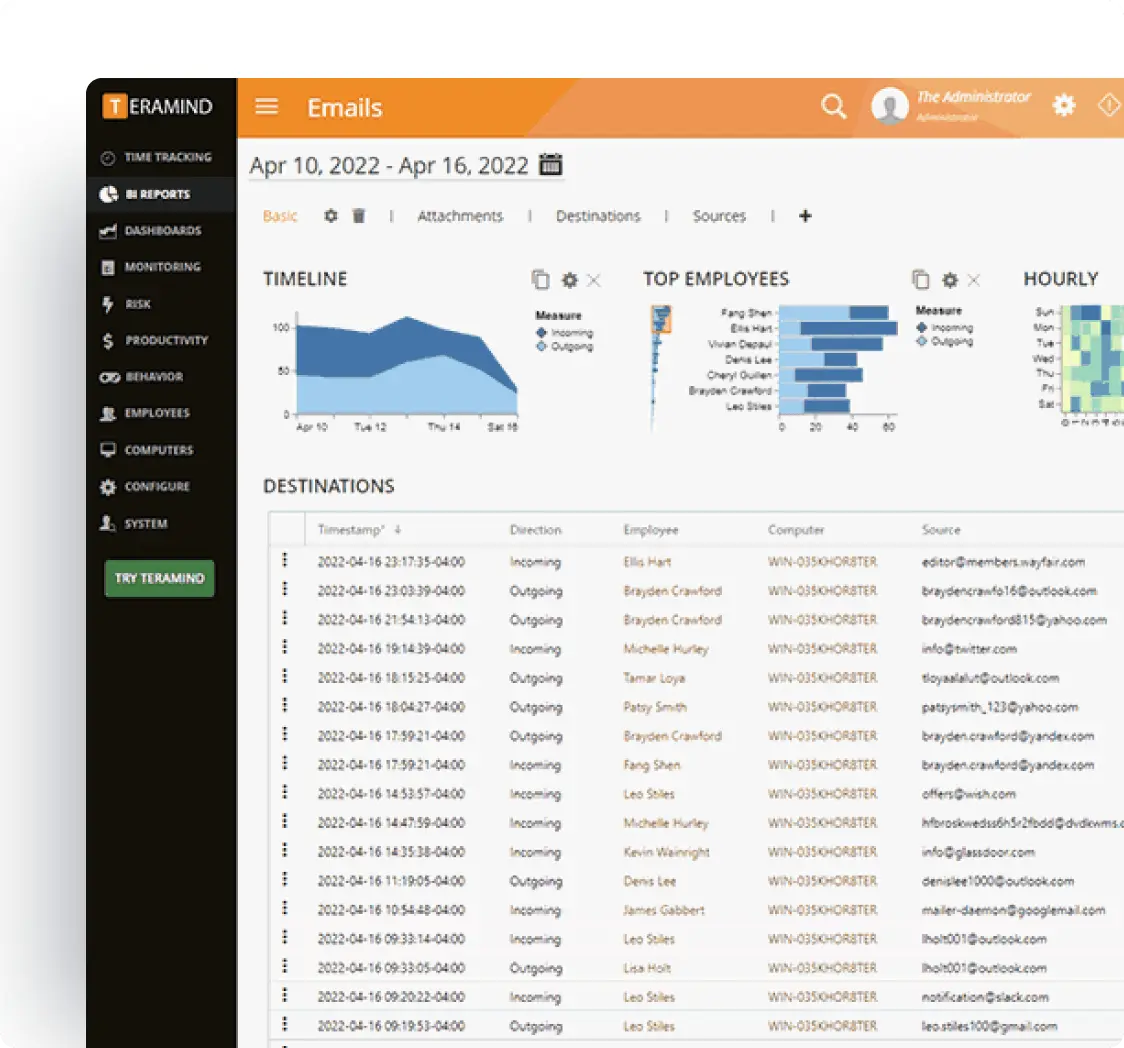
Enterprise Integrations
Integrate Teramind with your existing infrastructure to enhance security and productivity.
- Integrate with leading SIEM solutions like Splunk, ArcSight, and QRadar to centralize security event monitoring
- Connect with SOAR platforms to automate incident response for potential data privacy violations
- Leverage Common Event Format (CEF) for standardized security event reporting
- Enhance existing security tools with Teramind’s detailed user behavior analytics
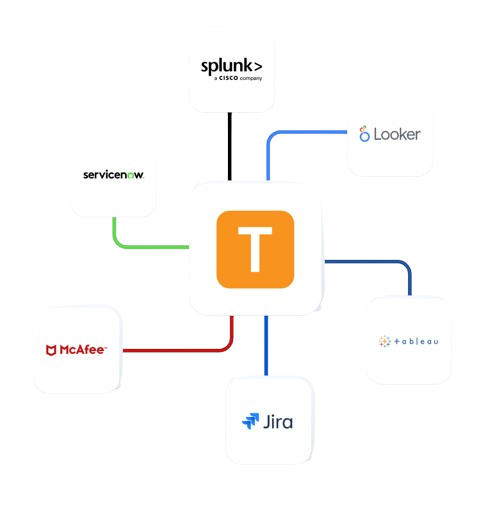
Teramind's Core Features
Leverage Teramind’s unparalleled power to solve your workforce challenges.
Live View & Historical Playback
Monitor employee screens in real-time or review past activity with historical playback to gain complete visibility into user activity and computer activity.
Optical Character Recognition
Teramind’s OCR functionality allows you to extract text from images and screenshots, enhancing your monitoring and analysis capabilities.
Website
Monitoring
Track employee time spent on websites, identify unproductive web browsing, and enforce company policies with comprehensive website monitoring.
Application
Monitoring
Monitor application usage, track time spent on specific apps, and identify potential security risks with detailed application monitoring on your endpoints.
Email
Monitoring
Monitor employee emails to prevent data leaks, ensure compliance with company policies, and protect sensitive information.
Instant Message Monitoring
Track instant messages and conversations to gain insights into team communication and collaboration, and ensure compliance.
Social Media Monitoring
Monitor social media activity to protect your brand reputation, prevent data leaks, and ensure employees adhere to company policies.
Network
Monitoring
Gain visibility into network activity, identify potential security threats, and optimize network performance with network monitoring.
Citrix
Monitoring
Monitor employee activity within Citrix environments, track application usage, and ensure data security with specialized Citrix monitoring on your devices.
Remote Desktop Control
Take control of remote employee computers in real-time to provide support, troubleshoot issues, or prevent data breaches and insider threats.
RDP Session Recording
Record RDP sessions to gain a comprehensive understanding of user activity, troubleshoot technical problems, and ensure compliance.
Productivity
Analysis
Analyze employee productivity with detailed metrics, identify areas for improvement, and boost productivity across your team members.
Active Vs. Idle
Time Logs
Track active and idle time to understand how employees spend their work hours and optimize time management and productivity.
Unproductive Work
Time Analysis
Identify unproductive work time, analyze patterns, and implement strategies to improve efficiency and time management.
Try a Live Demo
of Teramind
Interact with a live deployment of Teramind
to see how our platform works.
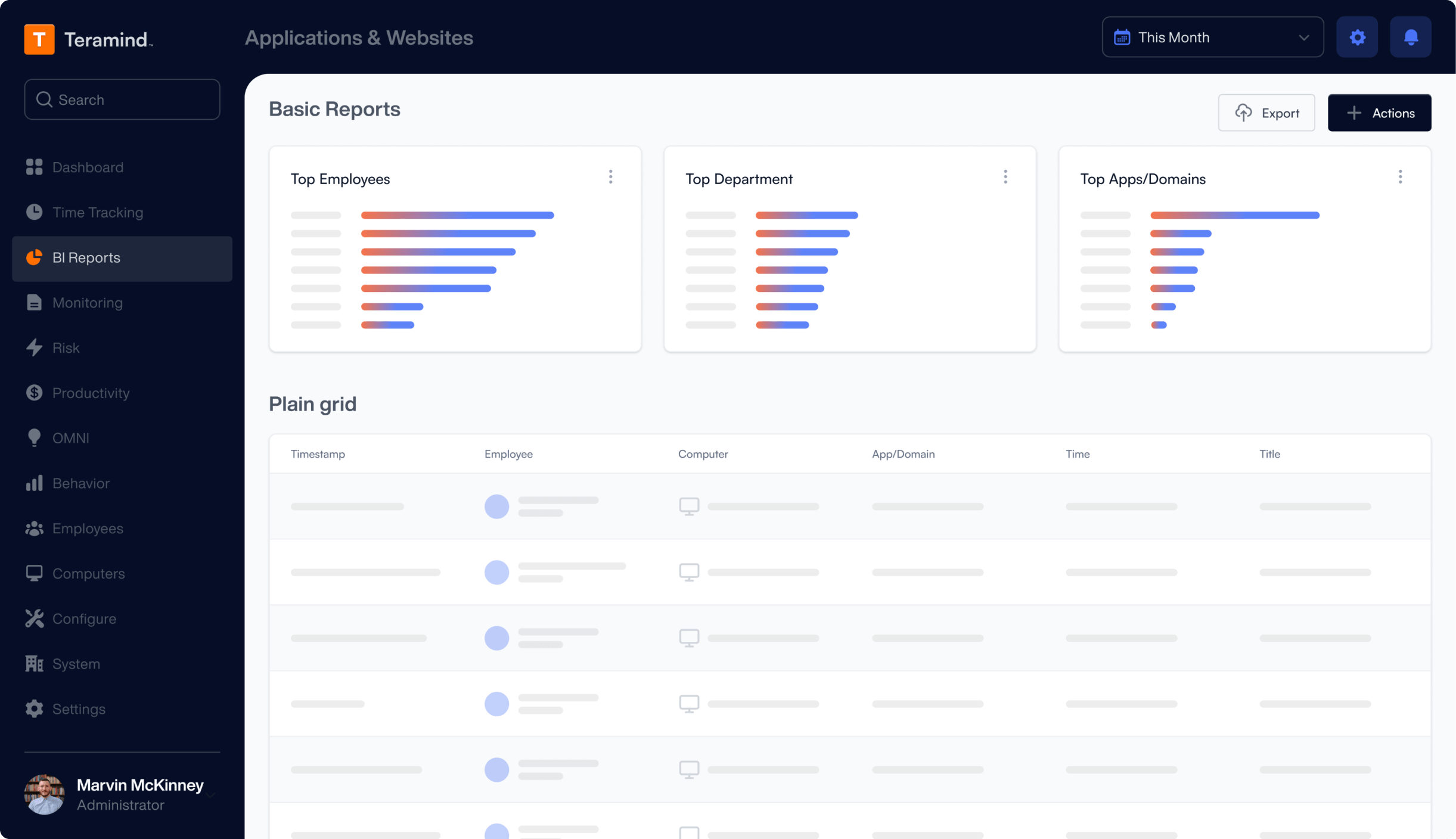
What our Customers Say
“The interface and reporting capabilities of Teramind remain unmatched compared to other products we have tried. Overall, Teramind is far more advanced than other competitors. They are definitely raising the bar and I’ll back them up any day.”
Ricky H.
Government Administration
“It’s been an amazing experience and a wonderful software that does exactly what you want! Security, control, peace of mind, the ability to know all that is going on in the organization. Very easy to use. It gives you real data! It has given us the protection that we need!”
Rene H.
Head IT Security
“This software has allowed us to save from a potential data breach and being able to catch people leaving who tried to take our IP. Very good software. A bit on the expensive side but worth every penny. Functionality is easy to get around. Has a great GUI.”
Milena L.
IT Manager
FAQs
What is the best software for screen recording?
The best screen recording software for call centers provides synchronized audio and video playback with minimal system impact while offering robust security and deeper insights. Teramind's call center screen recording software excels in these areas, delivering comprehensive screen monitoring with intelligent storage management and advanced search functionality. Our solution integrates with existing call center software while providing the valuable insights needed to improve agent performance and customer satisfaction. Unlike generic screen recording tools, Teramind is purpose-built for contact centers, offering specialized features for quality monitoring and agent training specifically designed for customer interaction environments.
What computer software do call centers use?
Modern call centers rely on a suite of integrated technologies including call center screen recording software, customer relationship management systems, automatic call distribution platforms, interactive voice response systems, and quality management tools. Teramind's screen recording solution enhances these systems by providing visual documentation of how agents handle customer data during interactions. Contact centers also leverage quality monitoring platforms and analytics tools—all complemented by Teramind's ability to capture agent screens during customer calls. Our solution fits seamlessly into this technology ecosystem, providing the critical monitoring capabilities needed for creating targeted coaching and training materials in busy contact centers.
Can I record phone calls with screen recording?
Yes, Teramind's call center screen recording software captures agent screens while synchronizing with phone calls, creating comprehensive documentation of customer interactions. Our system works alongside your call center software to monitor on-screen activities during customer conversations, ensuring contact center managers can review exactly what agents were doing throughout each call. The system offers flexible configuration options to record screens selectively based on teams, call types, or other criteria, allowing organizations to balance monitoring needs with storage considerations. This comprehensive recording capability dramatically improves quality control and customer experience by providing complete visibility into how agents handle customer calls across all your digital channels.




